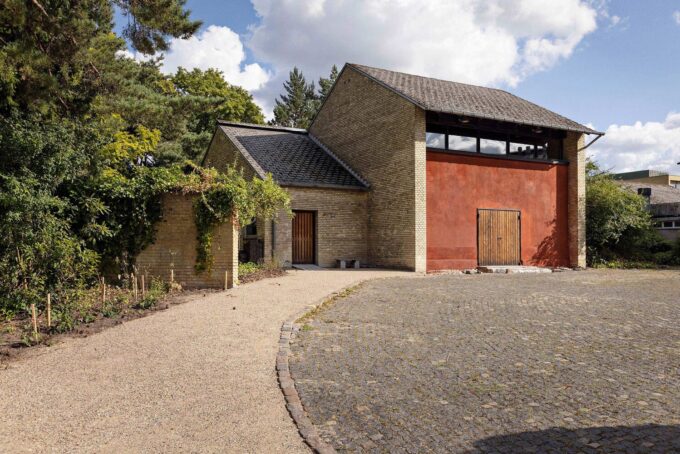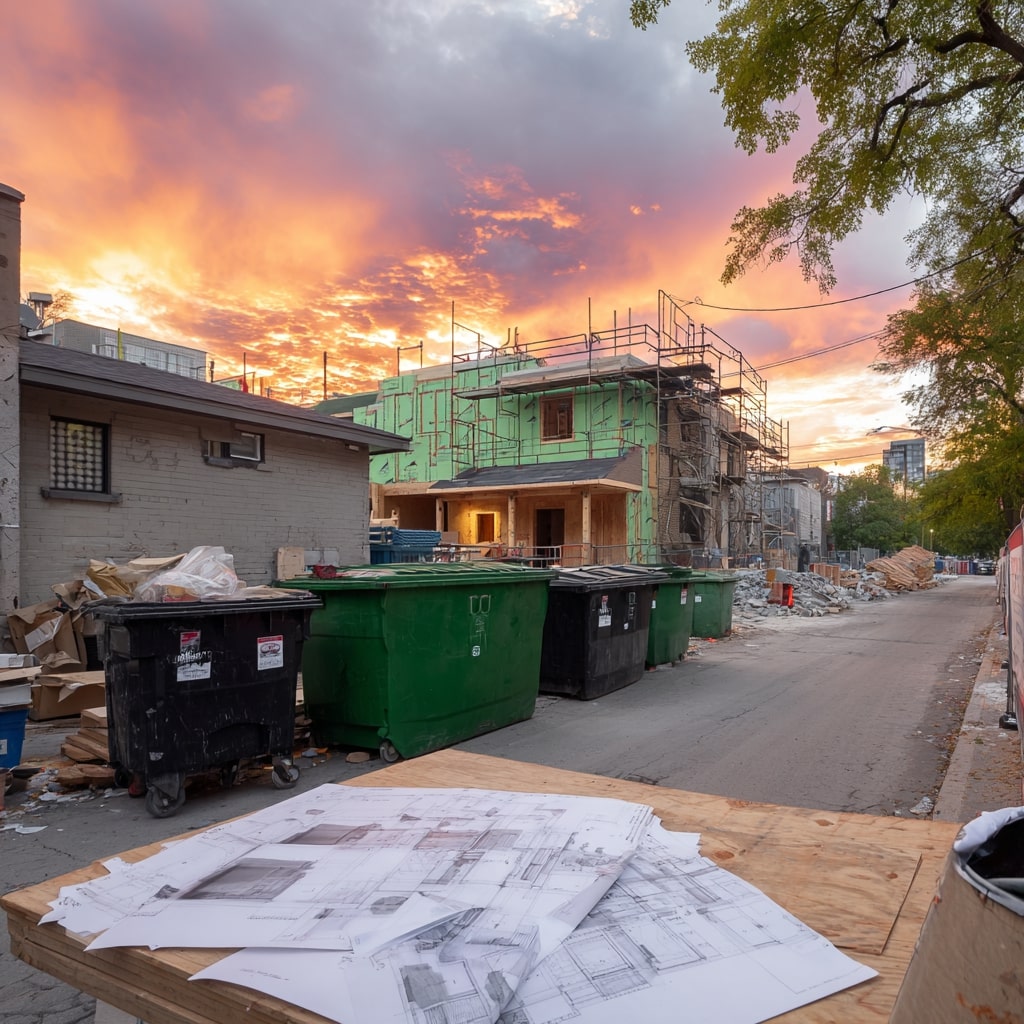- Home
- Articles
- Architectural Portfolio
- Architectral Presentation
- Inspirational Stories
- Architecture News
- Visualization
- BIM Industry
- Facade Design
- Parametric Design
- Career
- Landscape Architecture
- Construction
- Artificial Intelligence
- Sketching
- Design Softwares
- Diagrams
- Writing
- Architectural Tips
- Sustainability
- Courses
- Concept
- Technology
- History & Heritage
- Future of Architecture
- Guides & How-To
- Art & Culture
- Projects
- Interior Design
- Competitions
- Jobs
- Store
- Tools
- More
- Home
- Articles
- Architectural Portfolio
- Architectral Presentation
- Inspirational Stories
- Architecture News
- Visualization
- BIM Industry
- Facade Design
- Parametric Design
- Career
- Landscape Architecture
- Construction
- Artificial Intelligence
- Sketching
- Design Softwares
- Diagrams
- Writing
- Architectural Tips
- Sustainability
- Courses
- Concept
- Technology
- History & Heritage
- Future of Architecture
- Guides & How-To
- Art & Culture
- Projects
- Interior Design
- Competitions
- Jobs
- Store
- Tools
- More
A Guide to The Cost of Window Replacement Toronto

Investing in new windows in your Toronto home can truly pay off, both in beauty and energy savings. But before you jump in and start picking out pretty panes, it’s vital to grasp the cost drivers behind window replacement Toronto.
With that knowledge in hand, you’ll be in a much better position to make the kinds of choices that keep your project on track and within budget. With that in mind, let’s take a look at some of the main factors that influence the total cost of window replacement Toronto.
The Material
When it comes to window materials, vinyl (PVC) windows are often the most economical choice. They have a long life, require very little maintenance, and have a good appearance—especially if you paint them. Wood windows provide a traditional appearance but tend to be pricier due to both material and labour costs. Aluminum windows are tough, light, and durable, but their price can sometimes rival the cost of wood windows. Finally, fiberglass windows are consistently well-insulated, nearly as tough as wood, and a much better insulator than aluminum. However, they are often in the mid-to-high price range.
The Style of Window You Need
Of all the window styles, traditional single-hung and double-hung windows are the most economical. Casement and awning windows often come with a higher price tag for their mechanisms and superior sealing. Then we have tilt-and-turn PVC windows, which are versatile enough to provide both ventilation via tilting and easy cleaning via inward turning. For picture and specialty-shaped windows, costs can spiral upward because of the nature of customization.

The Number and Size of The Windows
More materials and more labor will be involved in replacing larger windows and a greater number of windows, obviously driving up the total cost of window replacement Toronto.
The Level of Installation Difficulty
The site’s accessibility—or lack of it—has a more significant role in determining window replacement cost Ontario and Toronto than any other factor. If the installation site is awkward or dangerous to work in, as high-rise buildings or stairwell corners tend to be, not only do the installers need to use more tools and rely more on the kind of workmanlike skills they must have to solve problems that might arise during installation, but they also need to work at a safer pace—because the kind of tough-to-reach places just mentioned can lead to more accidents if workers are hurried along.
Secondly, the nature and state of a building influence how complex replacement windows will be. Older buildings may have hardly any structure left or a framing system that just won’t work well with modern replacement windows. In these instances, we might need to do additional framing or just try to make things fit or look good. Unconventional buildings always present unique challenges. Even if the shape of a window doesn’t change, the framing system used in different kinds of openings will determine how complex the window will be to replace. A certain kind of arch, for example, changes everything. Should the arch be made of brick, stone, wood, or steel? Which way will the materials work best with the window?
Besides, some window types and unusual installation situations call for specialized installation knowledge. For example, if you’re installing a custom or oddly shaped window, the person doing the work may need some architecture-related skills. Low-E coatings, which are applied to the glass surface, are done by experts. This is important because these coatings figure significantly in the energy performance of the window—and thus its overall cost. Aficionados of the subject might say that the coatings don’t really add to the cost of the window but do represent a shift in how window energy performance is measured and rated.

Certain types of window replacement Toronto units are filled with gas, such as argon or krypton, between the panes. These inert gases are denser than air and help improve the overall energy efficiency of the window by permitting less heat to pass through. This is, of course, assuming that the gas-filled window remains well sealed and the gas stays inside. Otherwise, it’s not just the window undergoing a thermal efficiency failure; it’s also the house as a whole since window gas fills are usually found in homes that are designed to be energy efficient. In short, window gas fills tend to be a feature of high-performance windows in high-performance houses. But these very technologies that are supposed to help save energy come with some high costs.
illustrarch is your daily dose of architecture. Leading community designed for all lovers of illustration and #drawing.
Submit your architectural projects
Follow these steps for submission your project. Submission FormLatest Posts
Why Scale Matters in Architecture
Why Scale Matters in Architecture: see how human, building, and urban scales...
The Chain Reaction Triggered by Foundation Movement
Foundation movement is never an isolated event contained strictly to the concrete...
Why Smart Bin Rental Strategy Shapes Better Architecture Projects
Picture this: you’re standing before your dream architectural project, blueprints approved, permits...
The 10 Most Iconic Buildings in the World and Their Stories
From ancient marvels like the Great Pyramid of Giza to modern icons...











Leave a comment